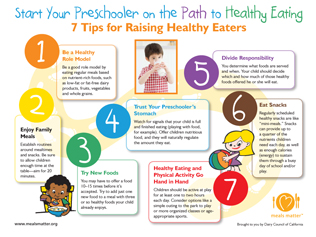Nutrition Information
Links and Resources
The New Nutrition Facts Label | FDA

The U.S. Food and Drug Administration (FDA) has updated the Nutrition Facts label on packaged foods and drinks. FDA is requiring changes to the Nutrition Facts label based on updated scientific information, new nutrition research, and input from the public. This is the first major update to the label in over 20 years. The refreshed design and updated information will make it easier for you to make informed food choices that contribute to lifelong healthy eating habits.
Learn about What’s New with the Nutrition Facts Label, including details on calories, serving sizes, added sugars, and more.
Why chocolate feels so good — it is all down to lubrication
January 13, 2023
University of Leeds
Summary:
Scientists have decoded the physical process that takes place in the mouth when a piece of chocolate is eaten, as it changes from a solid into a smooth emulsion that many people find totally irresistible. By analyzing each of the steps, the interdisciplinary research team hope it will lead to the development of a new generation of luxury chocolates that will have the same feel and texture but will be healthier to consume. During the moments it is in the mouth, the chocolate sensation arises from the way the chocolate is lubricated, either from ingredients in the chocolate itself or from saliva or a combination of the two. Fat plays a key function almost immediately when a piece of chocolate is in contact with the tongue. After that, solid cocoa particles are released and they become important in terms of the tactile sensation, so fat deeper inside the chocolate plays a rather limited role and could be reduced without having an impact on the feel or sensation of chocolate.

Eat a Rainbow of Colors to Stay Healthy and Fit!
It’s important to eat a colorful variety of fruits and vegetables every day! Why? Because colorful fruits and vegetables provide the many vitamins, minerals, and phytochemicals your body needs to maintain good health, strong bones and energy levels.
In fact, half of your daily food consumption
(including meals and snacks)
should be Fruits and Veggies!
Eat a variety of Colors Every Day
to Fight disease and to stay healthy and strong!
The wide variety of vitamins, minerals, fiber, and phytochemicals in colorful fruits and veggies work together to provide many possible health benefits. By including a variety of colors in your low-fat diet — 5 to 9 servings daily — you can help maintain:
- A healthy heart
- Memory function
- Vision health
- Strong bones and teeth
- A lower risk of some cancers
* Low-fat diets rich in fruits and vegetables and low in saturated fat and cholesterol may reduce the risk of heart disease and some types of cancer, diseases associated with many factors.
Meals Matter!
Learn more with this flier from the California Dairy Council.
Visit the links below and visit more websites that have valuable and interesting information on nutrition and health:
Meals Matters
a great nutrition education website
by the California Dairy Council
Dole 5 A Day
Coming Soon: Dole Superkids!
California Foundation for Agriculture in the Classroom
A website listing of educational books about agriculture and produce.

